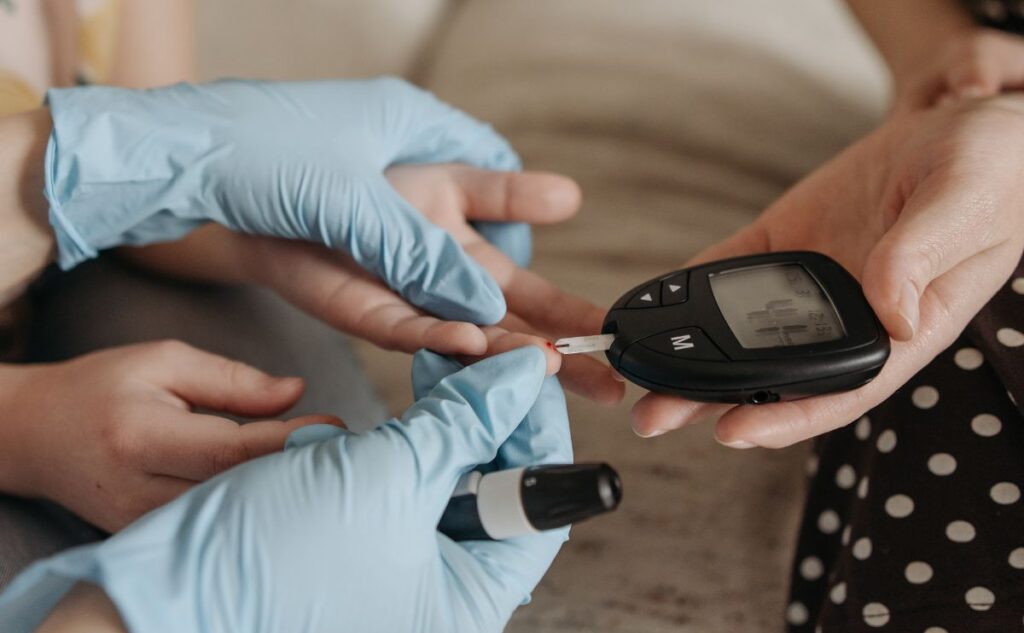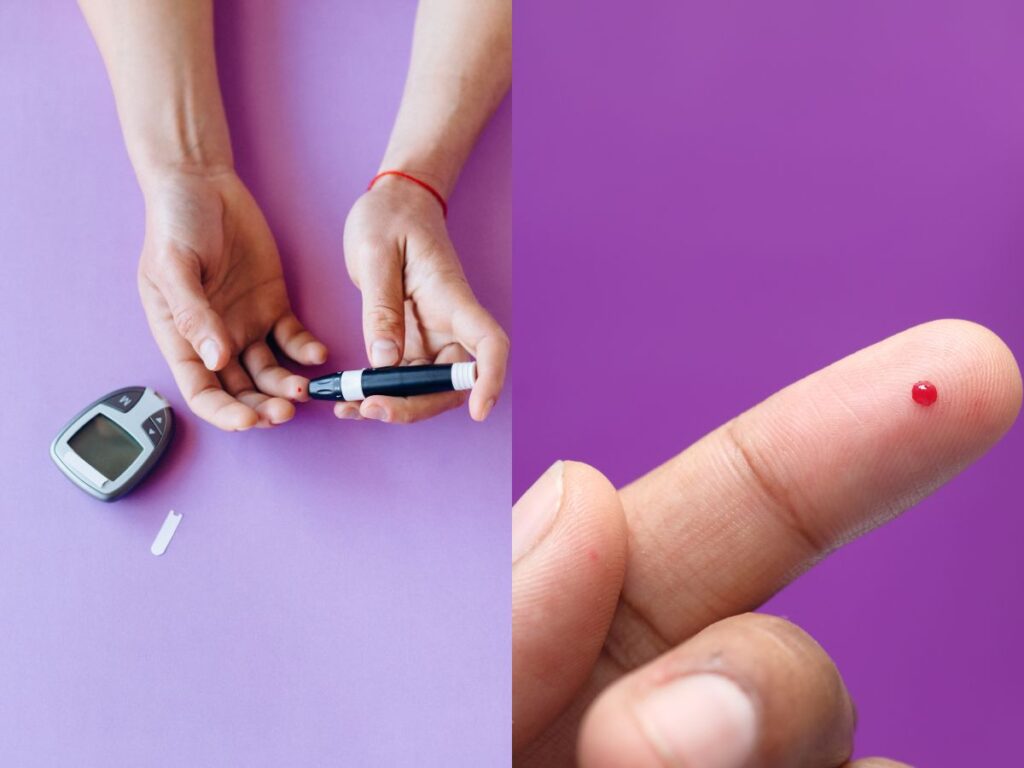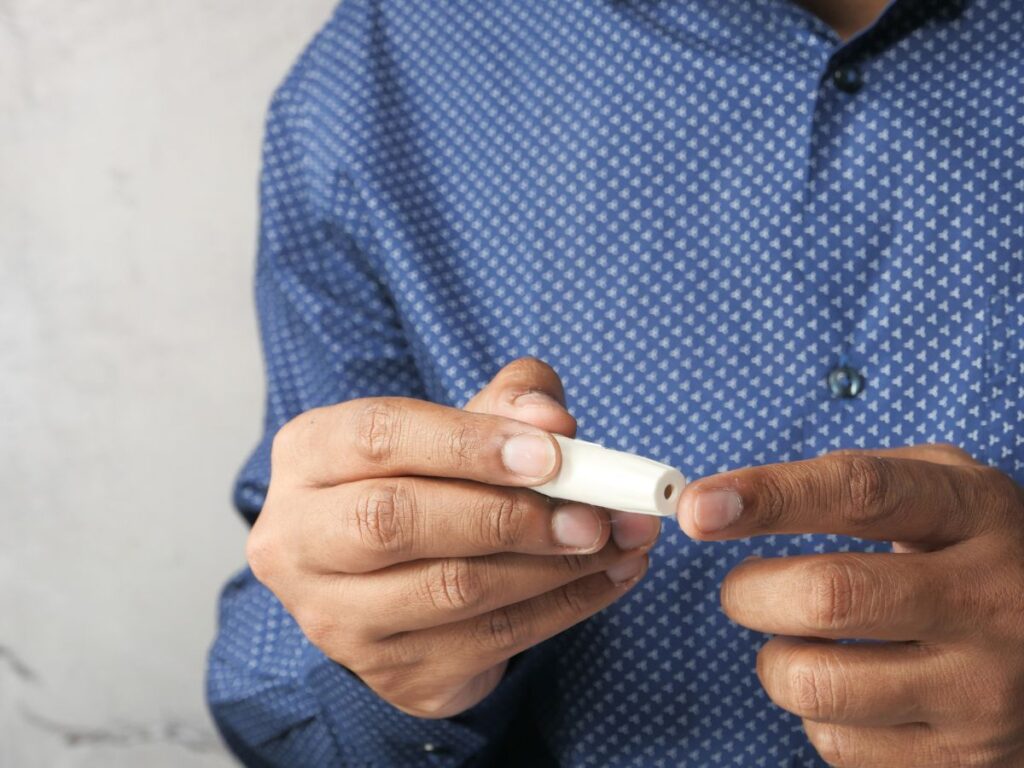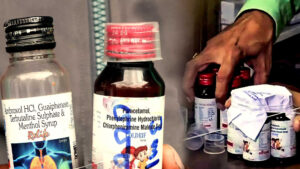6 Simple Mistakes That Might Be Making Your Blood Sugar Reading Inaccurate

6 Simple Mistakes That Might Be Making Your Blood Sugar Reading Inaccurate
Checking your blood sugar is an important part of managing diabetes. A blood glucose meter tells you how your body reacts to food, exercise, and medication. It helps you take action, whether that means eating something sweet when your sugar drops or taking insulin when it rises. But for this to work properly, your reading has to be correct.
Sometimes, blood sugar readings can be wrong, not because the machine is broken, but because of small, everyday mistakes. Here are six simple reasons your blood sugar reading might be off, and how you can fix them.
Not Washing Your Hands Before Testing
One of the most common mistakes people make is testing without washing their hands first. If you touch food, lotion, or anything sticky before checking, the residue on your skin can affect the result. It’s always best to wash your hands with warm, soapy water. Warm water also helps increase blood flow, making it easier and less painful to get a drop of blood.
Avoid using hand sanitizer unless you have no other choice, and make sure your finger is completely dry before testing.
Squeezing Your Finger Too Hard
Sometimes, you prick your finger but can’t get enough blood. It’s tempting to squeeze hard, but that can mix in fluid from under your skin, which may make your reading wrong. Instead, wash your hands in warm water, let your arm hang down for a minute, and prick the side of your fingertip. This helps blood flow naturally without needing to squeeze too much.

Keeping Test Strips in the Bathroom
It might seem convenient to store your test strips in the bathroom, but that’s not a good idea. Bathrooms often get hot and humid because of showers, and both heat and moisture can damage test strips. Damaged strips can give false readings, either too high or too low. It’s better to keep your glucose meter and strips at room temperature in a dry place, away from sunlight and humidity.
Using Expired or Old Strips
Even if your test strips haven’t reached the printed expiry date, they can still go bad once opened. If a vial of strips has been open for more than six months, don’t use them. Expired or old strips can make your meter show the wrong numbers. Always write the date you open a new vial and use only one vial at a time. This small habit can save you from confusion later.
Reusing a Lancet
Some people reuse their lancet (the needle used to prick the finger) to save time or money, but that’s a bad idea. A lancet dulls after one use and can collect dirt or bacteria. This not only makes finger pricks more painful but also increases the risk of infection and inaccurate readings.

It’s always safest to use a fresh lancet every time you test.
Testing Right After Charging Your Meter
If your meter runs out of battery and you charge it, wait at least 30 minutes before using it again. After charging, the device may still be warm, which can affect how it reads your blood sugar. Waiting a little while helps the meter cool down and gives a more accurate result.
Getting the right blood sugar reading helps you make better decisions for your health. A wrong number could make you take insulin when you don’t need it or miss a low sugar level that needs urgent attention.
Disclaimer: This article does not replace medical advice. Please consult your healthcare provider for personalised guidance.












